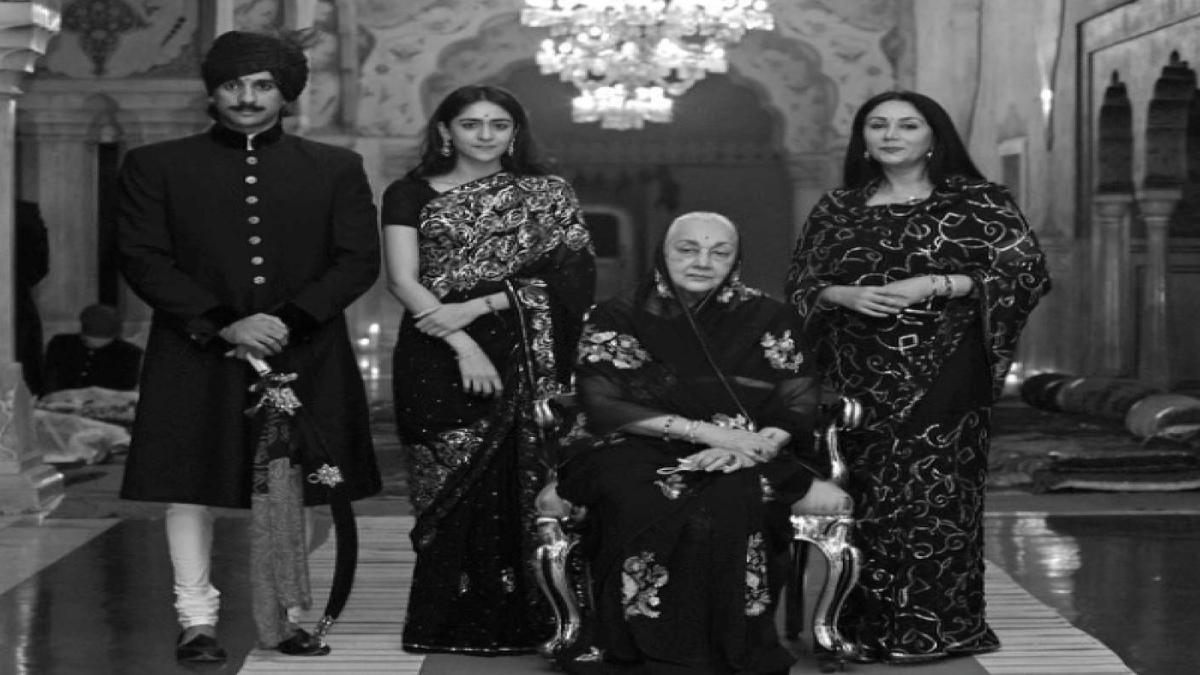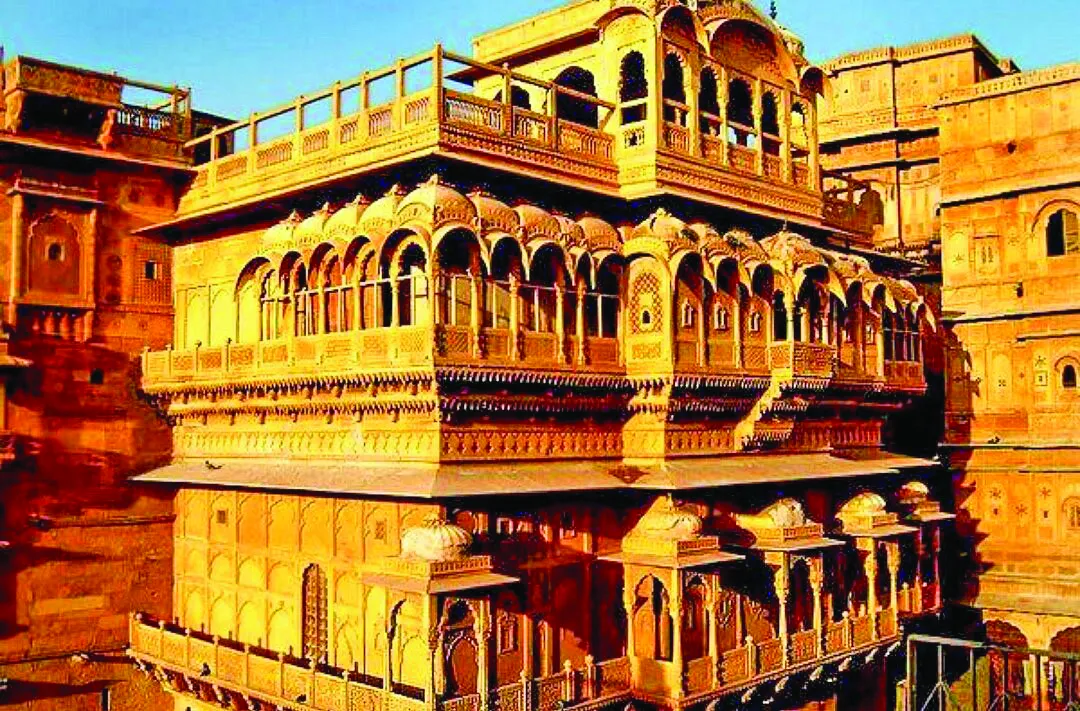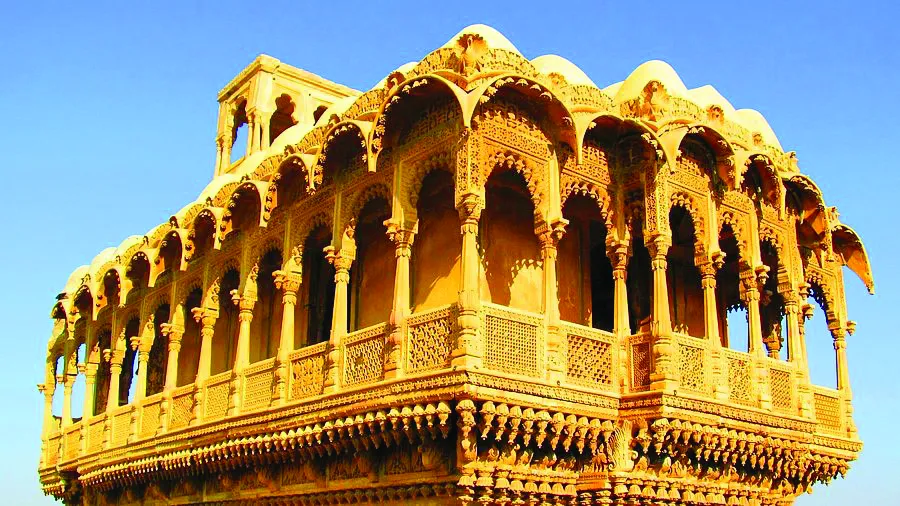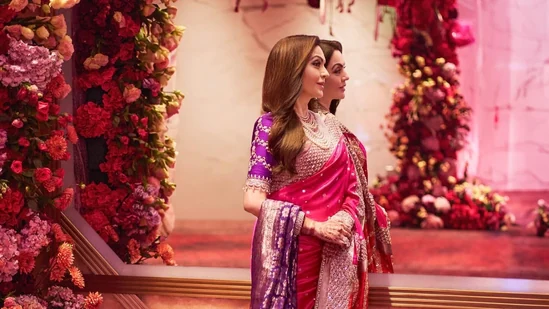Diwali has just ended in the Indian subcontinent, filling every home with lights, laughter and happiness. The day felt even more special because of the gloom of the pandemic that has engulfed the world and stripped us of all happiness.
For Princely India as well the year was special. Many could once again go back to their palaces and celebrate Diwali and Dasara exactly as their ancestors did.




Golden throne, at Mysore’s Amba Vilas Palace. Rare old Mysore photo.
Krishna celebrates Diwali.
Kishangarh painting.
Indeed, come the day to end Ravana in a euphemism and festivities light up every fort and palace of India. Starting with the fabled Dasara at Mysore state, when the palace and the entire city right up to Chamundi Hill look lit up and vibrant. Come Diwali and the various palaces of India are filled with festive fervor. This Diwali browsing through the net and reading posts from all our Royal Fables patrons I collected some fascinating tales to share tales of a regal royal Diwali.
First up Mysore and the story of the fabled golden throne that only appears from the safety vault and is placed in the rear octagonal part of Ambavilas Palace only during Dasara. First belonging to epic hero Dhamaraja Yudhishthir is said to have passed on to Kampili king Kampilaraya, who brought it to Penukonda from Hastinapura. The King had hidden the throne before being killed by Muhammed bin Tughlak in a fight. Then, saint Vidyaranya, scholar and head of Sringeri Mutt, showed the spot where the throne was buried to King Harihara I of Vijayanagara in 1338. After Harihara retrieved it, the Vijayanagar kings used it for two centuries. After the fall of the Vijayanagar empire, the throne came into the hands of Mysore kings. For some time, it was in possession of Tipu Sultan. It was recovered from Sultan’s Palace after his fall. Ever since, it is in the possession of Wadiyars’ family, according to Sivapriyananda.
Some alterations were made to the throne in 1940 and during 1945-46 under the supervision of Shilpi Siddhalinga Swami. However, its basic artistic and decorative features remained unchanged. The earlier throne was much smaller and had only five steps. The present one is much larger and has seven steps.
The throne comprises a large seat, seven steps that lead up to it and a large umbrella. The umbrella, a symbol of royal authority, is decorated with festoons of pearls and is inscribed with 24 Sanskrit verses blessing king Mummadi Krishna Raja Wadiyar. Wadiyars have always shown their subordination to the divine throne before ascending.
According to Mysore Palace Board, the throne was originally made of fig wood. Then it is said to have been decorated with ivory plaques. The throne was later bejeweled with gold and silver figurines.
From Mysore, we travel to City Palace Jaipur that is dressed like a bride every Diwali ready to receive all the nobles who live in the four walls of the old city. As the first family of Jaipur led by HH Maharaja Sawai Padmanabh Singh wears a stunning black sari in reverence to the no moon night or Amavasya, the nobles of the city throng with their offerings to wish the royal family.
The Gods too are not spared as Indian durbars through their native art show how their Lord God is celebrating Diwali on their gleaming terrace and under their sparkling roof. Like the famed painting of Kishangarh that depicts this fable to artistic perfection. On a gleaming marble terrace under an inky black sky, Radha and Krishna are being entertained by fireworks and song.
The divine couple shares a bejeweled seat and a single halo emphasises their oneness, already made obvious by the matching features of their faces: the arched eyebrow, the lotus-petal eye, the elongated nose and curving chin of Radha and Krishna are essentially the same, and are made only slightly thinner or thicker to become more feminised for her, more masculine for him.
Attendants clap their hands or hold tanpuras or a veena as they sing and the phuljharis – ‘flower-dropping’ sparklers – they hold to send a stream of fire-blossoms to the floor. On the far shore of the lake, fireworks create a veritable forest of flames.
In this miniature painting from Kishangarh, Radha and Krishna are no longer cow herders roaming the forests and pastures. They have become ‘royalised,’ and they inhabit palaces, wear silks and jewels and are waited upon by attendants. They look like Kishangarh royalty that lives in lakeside palaces and possesses fine things. This royalisation was seen in many Rajput courts in the eighteenth century when a surge of Vaishnava devotionalism made the gods seem present in here and now. Like the much simpler paintings of Royal Kangra where Radha and Krishna are seen celebrating Diwali amidst verdant mountains and grassy glades. Their gleaming faces lit up the distant outline of the royal abodes where resided the rulers of erstwhile hill kingdoms.
Diwali was known as the Jashn-e Chiragha’n under the Mughals and was celebrated with great enthusiasm. The Rang Mahal in Red Fort was lit up with diyas on Diwali as can be seen in a painting of Emperor Mohammad Shah Rangeela celebrating Diwali outside the palace with some ladies. The emperor was a poet and Rangeela was his nom de plume.
The Mughal emperor was weighed in gold and silver, which were distributed amongst the poor. It is said that some Mughal ladies would climb to the top of the Qutub Minar to watch the lights and fireworks. Fireworks under the supervision of the Mir Atish would be ignited near the walls of the Red Fort. And a special Akash Diya (Light of the Sky) was lit with great pomp, placed atop a pole 40 yards high, supported by sixteen ropes, and fed on several maunds of binaula (cottonseed oil) to light up the darbar.






